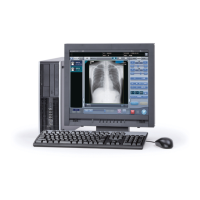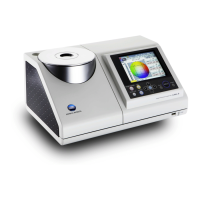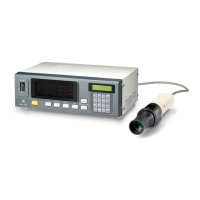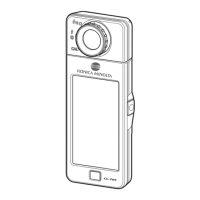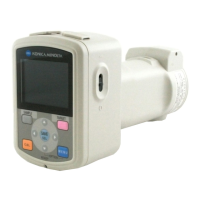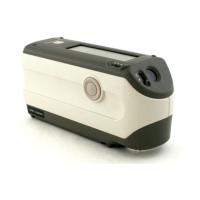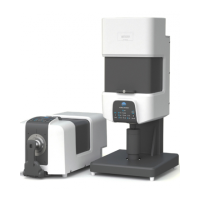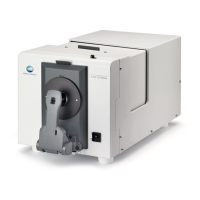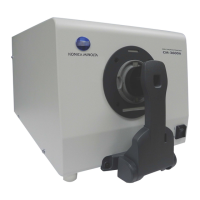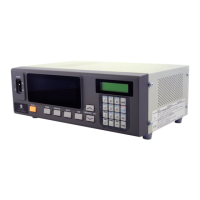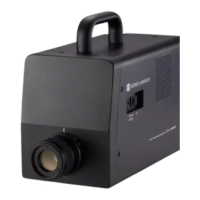Handling the Instrument
• Do not subject the instrument to strong impact or vibration.
• Do not pull the supplied USB cable, bend it by force, or apply a strong force to it.
Otherwise, wire breakage may result.
• Connect a power supply with minimal noise.
• If you notice any possibility of breakdown or abnormality, turn the power OFF
immediately, disconnect the AC adapter from the AC outlet and refer to the "Checking
for Malfunction"page 105 section.
• In case of breakdown, do not disassemble the instrument by yourself, instead contact
the nearest KONICA MINOLTA-authorized service facility.
Backup Battery
• This instrument saves various settings in the memory backed up with an internal
backup battery. The backup battery is charged continuously when the instrument is
connected to the power supply, regardless of whether the power switch is set to ON or
OFF. It is fully charged in about 20 hours and there is no danger of overcharging. Data
can be retained for one year with a fully charged battery. Immediately after the
purchase, however, the battery charge may be low on purchase so it may be necessary
to charge the battery while using the instrument.
• Do not try to replace the internal backup battery yourself. For replacement, contact a
KONICA MINOLTA-authorized service facility.
• It is recommended to save a backup of your important data by using the data
management software CS-S20.
Objective Lens and Close-up Lens (Optional Accessory)
• Before measurement, ensure that the surfaces of the objective lens and close-up lens
(if applicable) are clean. Any dust, stain, or soil remaining on the lens surface may
prevent proper measurement.
• Do not touch the surface of the objective/close-up lens with your ngers.
• Note that sudden temperature changes in a highly humid environment may cause the
objective/close-up lens to mist over, preventing proper measurement.
Recommended Battery Type
• When the surrounding temperature is low, the performance of the batteries themselves
is degraded and the number of measurements decreases. To prevent this problem,
when using the instrument at low temperatures, it is recommended to use batteries that
are less affected by temperature changes, such as nickel-metal-hydride batteries, for
the power supply.
• Nickel-metal-hydride batteries must be charged with a dedicated charger. Charging the
batteries under the conditions or with chargers other than those specied may cause
uid leak, heat, or a re.
4
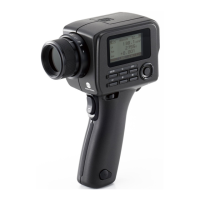
